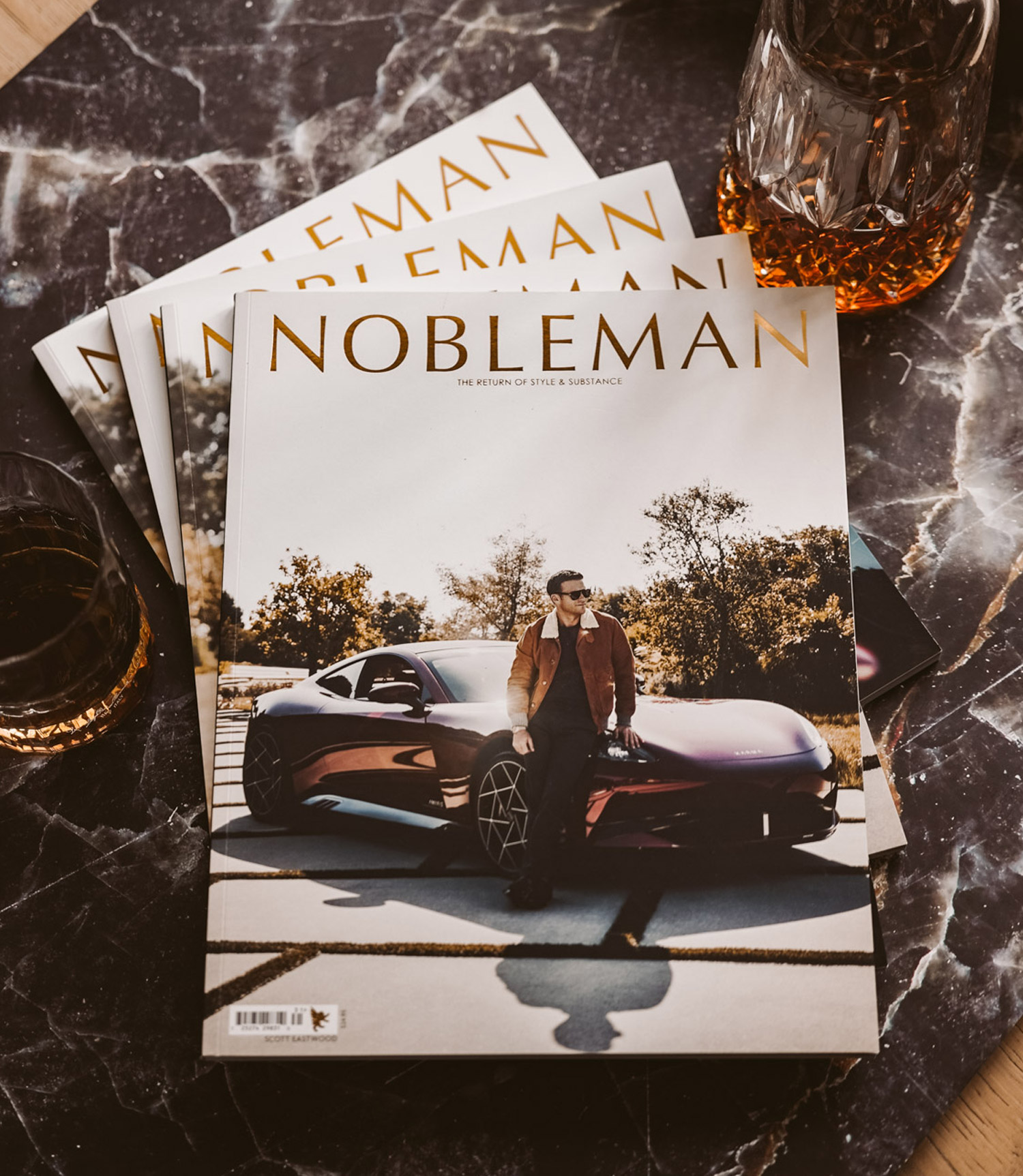
For thousands of years, teak has been a material prized for its resilience, strength, and natural beauty. From maritime industries to railway construction, teak’s durability has made it an essential resource throughout history. The British heavily utilized teak during colonial times, often restricting its use by local populations. As a result, teak became a symbol of exclusivity and power. Once costly and rare, teak is now more accessible yet still maintains its reputation as a premium material with a story that transcends generations.
Mal Haddad, the passionate designer, teak furniture expert, and President for Westminster Teak has spent nearly two decades dedicated to honoring this remarkable material. His design philosophy centers around storytelling and the blending of the rich history of teak with contemporary craftsmanship. During our conversation, Mal shared his journey, his love for design, and the emotional connection people develop with well-crafted furniture.
Mal’s passion for design began in his childhood. Growing up surrounded by teak furniture, he unknowingly developed a deep fondness for the material. “I didn’t realize it at the time,” Mal recalled, “but I grew up playing hide and seek in a teak armoire. I lived in it. I was always around it, and it became part of my story.”

This personal connection shaped Mal’s understanding of teak as more than just a material. In his eyes, each mark and blemish told a story. “It’s not like plastic or cheap wood that you throw away after a few years,” he explained. “Teak furniture is something you care for, something you pass down. Every piece breathes history.”
For Mal, good design is about passion, narrative, and longevity. He believes that exceptional design creates a lasting emotional connection between the object and its owner. “A well-designed chair isn’t just a chair,” Mal explained. “It becomes your chair. You develop an affinity for it. It’s where you sit to read your morning paper or unwind after a long day. Over time, it becomes part of your story.”
He compared this bond to the relationship people form with their favorite bowls. “I love bowls,” Mal said with a laugh. “I don’t collect them for display, I use them! When I pick up a bowl, I think about how thousands of years ago, someone in the Ming Dynasty may have eaten from something just like it. The design has endured because it’s a good design. It has longevity and purpose.”
Mal firmly believes that sustainability isn’t just about materials. It’s about creating products that last. “We are sustainable by default because we create furniture that endures,” he explained. “Good design, by its very DNA, has to be timeless. Trends come and go, but well-crafted teak furniture can last for generations.”

But it is Westminster Teak’s commitment to sustainability that goes beyond the product itself. He emphasized the importance of social responsibility within the teak industry. “True sustainability starts with people,” he said. “You can’t claim to be environmentally responsible if you ignore the well-being of the people growing, maintaining, and harvesting the material. The entire process must support both the planet and the individuals involved.”
In Mal’s opinion, the modern industry, terms such as “sustainability,” “green,” and “eco-friendly” have been used so broadly that their meanings have often been stretched, misrepresented, or even exploited for profit. As part of the global green movement, responsible manufacturers recognize the importance of not only adhering to environmentally sustainable practices, such as sourcing teak from responsibly managed plantations but also upholding social responsibility. This commitment extends to the Indigenous communities working within these plantations as well as to the skilled artisans and employees who contribute to the production process.
For nearly two decades, Mal’s collaboration with manufacturing partners in Indonesia has reinforced the belief that sustainability must go beyond environmental efforts to include ethical labor practices. The artisans, tree farmers, mill workers, woodworkers, and seamstresses involved in furniture production are invaluable, not just for their craftsmanship but for the dedication and expertise they bring to their work. Truly responsible manufacturers prioritize partnerships with factories that ensure the health, safety, and well-being of their employees.

For Westminster Teak, raising consumer awareness about sustainability requires an understanding that environmental responsibility and social responsibility are deeply intertwined. Sustainability is not solely about creating a greener planet or adhering to eco-friendly standards; it must also foster and uplift the communities that the industry relies upon.
A holistic approach to sustainability cannot be confined to forest conservation and biodiversity alone. Without the inclusion of human well-being and ethical labor practices, the concept of sustainability loses its meaning. True sustainability necessitates a commitment to both environmental stewardship and the betterment of the people who make it possible, ensuring a future that is not only greener but also more just and humane.
Teak’s legendary strength is well-documented. One of the most famous examples is the Bismarck, a German battleship that famously incorporated teak in its construction. Remarkably, much of the teak salvaged from the ship remains in good condition today, proving its durability even after decades at sea. “Teak is battle-tested,” Mal remarked. “It’s one of the few materials that can endure harsh elements without losing its integrity. That’s why it works so well for furniture designed to last a lifetime.”
Mal emphasized that good design requires meticulous attention to detail, from concept to creation. “Design is intimate,” he explained. “When someone buys a piece of teak furniture, they aren’t just buying wood, but they’re investing in craftsmanship, history, and a connection to the past.”

He believes that storytelling plays a crucial role in creating that connection. “When you design thoughtfully,” Mal said, “you give people a reason to care about their furniture. It’s not just about aesthetics. It’s about the narrative, the history of the material, and how that story aligns with their own.”
Mal and his team have embraced a unique approach to furniture design known as the “knockdown concept.” This method allows customers to assemble their teak furniture themselves, turning each piece into a personal project.
“We wanted to create something more than just beautiful,” Mal said. “By assembling it themselves, people create their own story. They put their sweat and effort into it, which makes it more meaningful.” He believes this approach resonates especially with younger generations who may feel disconnected from traditional heirlooms. “We are in a disposable culture. We don’t have the same hand-me-downs our grandparents did. But people are realizing they want to build something lasting. That’s what Westminster Teak’s designs are about, creating heirlooms that tell a story.”

Mal reflected on his nearly two decades in the teak furniture industry, emphasizing that his work is driven by passion rather than status. “I never set out to be a leader,” he said. “I just wanted to create meaningful designs and work with people who care about craftsmanship.”
He recalled the pride he felt when he saw his company’s work featured in prestigious locations. “When I walk into a Four Seasons or a W Hotel and see people using our furniture, it’s incredibly fulfilling,” he said. “It’s a reminder that good design has a real impact that something I sketched on paper can become part of someone else’s story.”
For Mal, the creative process is “like fire in flint”. Ideas, they just need the right conditions and moment to spark. When that happens, it’s magic.” Mal Haddad’s journey is a testament to the power of passion, storytelling, and thoughtful design. Through his work with teak furniture, he continues to create pieces that connect people to history, craftsmanship, and their memories. Whether it’s a cherished chair, a beloved bowl, or a carefully crafted table, Mal’s designs are built to endure long after trends fade and fleeting fads disappear.

Words by Tom Burleson




